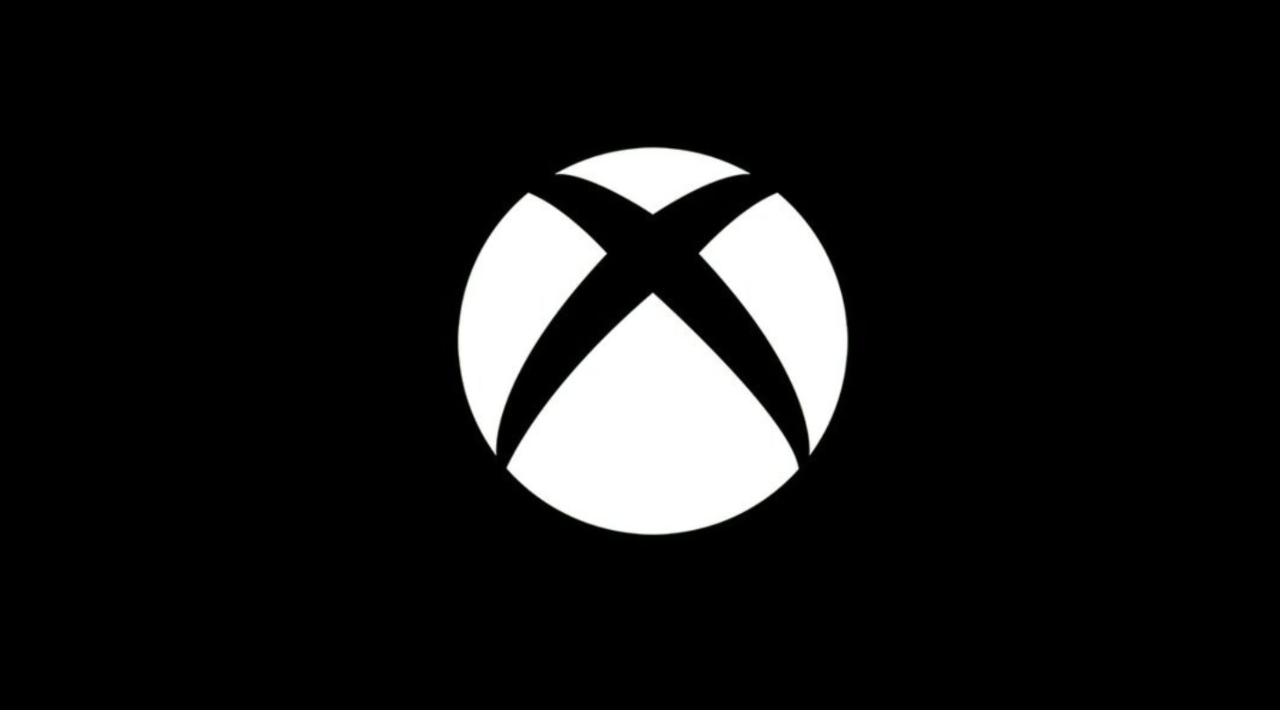Every year, more and more marketers are recognizing and utilizing the value of influencer marketing to reach new and larger audiences. The continuous growth of this practice indicates the enormous value influences provide brands.
ECommerce brands, in particular, are seeing major growth through the use and collaboration with influencers across all social media platforms.
Influencer Marketing Hub says that “By next year, influencer marketing spending is projected to reach $ 4.6 billion in the US alone. In 2022, spending is expected to grow to $ 4.14 billion, compared to 2021’s $ 3.69 billion.”
As influencer marketing continues to grow, so do the options available to marketers. Some brands choose to invest a large portion of their budget to work with Mega and Macro influencers, while others choose to work with the Mid-Tier, Micro and Nano influencers in order to reach a more niche audience.
Depending on your budget and goal, it’s helpful to know all the different options available. In this infographic, MU shares a guide for marketers, breaking down influencers into five segments based on their following size.

Micro and Nano influencers are predicted to play a larger role in the year ahead. This offers brands with smaller budgets a great opportunity to experience the growth provided through these types of partnerships.


![The Evolving Landscape of Social Media Influencers Marketing [Infographic]](https://www.socialmediatoday.com/user_media/cache/33/30/33301594204afef33fbadcb00bdcf8c2.jpg)










